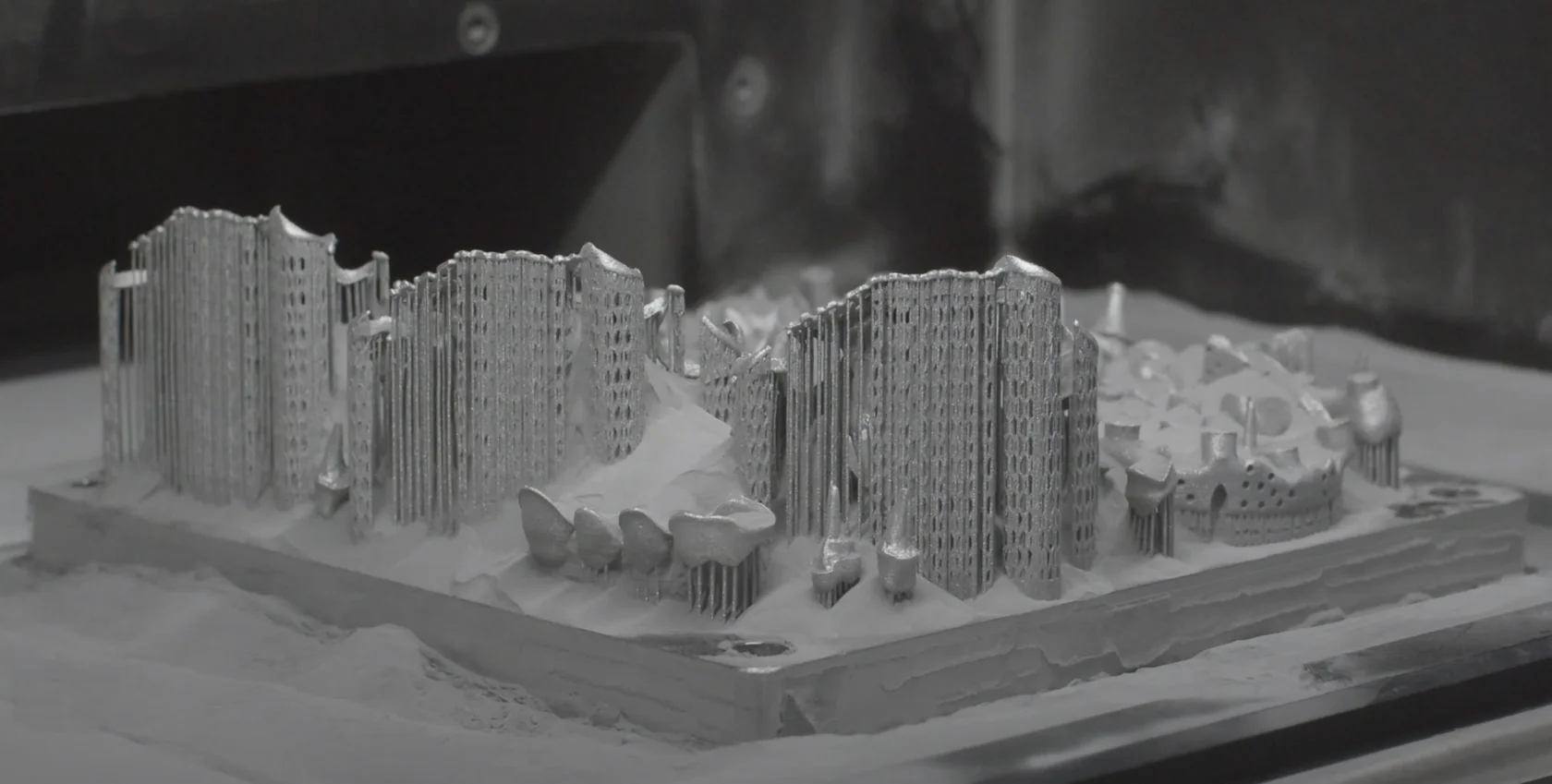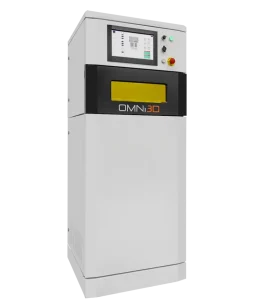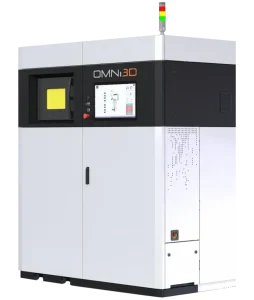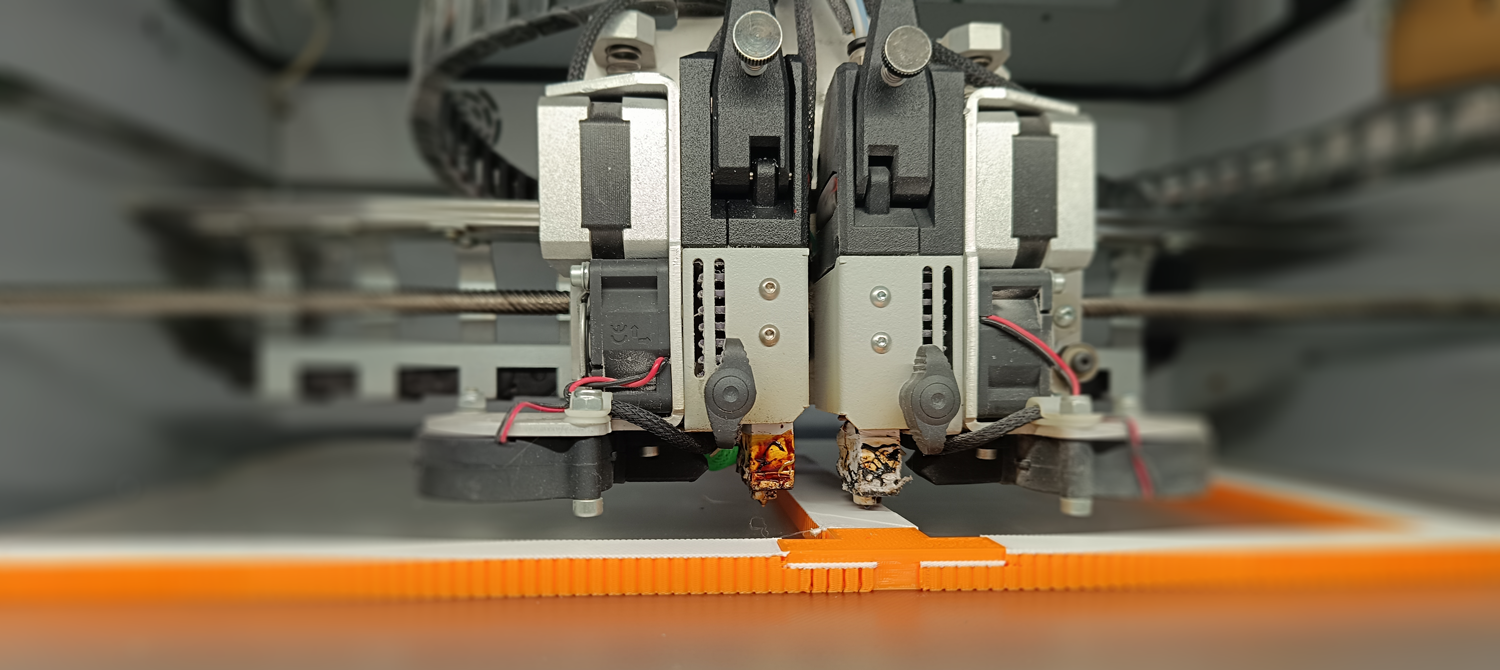How to Choose the Optimal 3D Printing Technology for Your Industrial Application: A Comprehensive Guide
Industrial additive manufacturing (AM) has matured into a powerful and reliable production method, offering unprecedented flexibility and capability. For engineering and manufacturing professionals, the challenge is no longer if 3D printing can be used, but which specific technology best aligns with their application's precise requirements. Navigating the diverse landscape of AM processes is crucial for maximizing efficiency, material performance, and return on investment. This guide provides a clear, concise overview of the most prevalent industrial 3D printing methodologies, highlighting their core principles, key characteristics, and primary industrial applications. Our aim is to equip you with the insights needed to make informed strategic decisions for your production needs.
Understanding Core Additive Manufacturing Processes
1. Stereolithography (SLA) & Low Force Stereolithography (LFS)
- Methodology: SLA, commercialized by 3D Systems, utilizes a laser to selectively cure photopolymer resins layer by layer. LFS, notably popularized by Formlabs, is an evolution of SLA that minimizes peel forces during printing.
- Key Features: Exceptional detail resolution, smooth surface finish, and isotropic (uniform) mechanical properties. LFS enhances precision and allows for reduced support contact, further improving surface quality.
- Industrial Applications: Highly favored for precise prototyping, intricate dental models, medical devices requiring biocompatibility, custom jewelry, and small, highly detailed industrial parts.
2. Digital Light Processing (DLP)
- Methodology: Similar to SLA, DLP employs a digital light projector to cure an entire layer of photopolymer resin simultaneously.
- Key Features: High speed due to full-layer curing, excellent resolution for small features, and suitability for high-throughput production of smaller components.
- Industrial Applications: Widely adopted in dentistry, hearing aid manufacturing, precise medical models, and specialized small-part industrial production where speed and detail are critical.
3. Fused Deposition Modeling (FDM / FFF) – Omni3D Expertise
- Methodology: FDM/FFF builds parts by extruding thermoplastic filaments, layer by layer, through a heated nozzle. This process leverages the thermoplastic properties of a wide range of materials.
- Key Features: Versatility in material choice, robustness of printed parts, and suitability for large-format components. Modern industrial FDM systems offer high dimensional accuracy with minimal layer visibility. The process allows for multi-material printing (e.g., base and soluble support materials).
- Omni3D’s Advantage in Industrial FDM/FFF:
- Large-Format Capabilities: Omni3D PRO and PRO HT printers are engineered for significant build volumes, enabling the production of substantial single-piece components or efficient batch manufacturing of multiple parts. This directly contributes to reduced assembly time and enhanced structural integrity.
- Open Material System: We empower clients with true material freedom, supporting a vast array of engineering-grade thermoplastics (e.g., ABS, PC, ASA, Nylon) and their fiber-reinforced variants (carbon fiber, glass fiber).
- High-Performance Polymers (Omni3D PRO HT): Our PRO HT printer excels in processing advanced materials like PEI (ULTEM™), PEEK, and PPS. This capability is crucial for applications demanding extreme thermal, chemical, or mechanical resistance.
- Industrial Reliability: Our systems are built with robust frames, high-quality motion components, and precise thermal control (including the PRO HT’s actively heated chamber), ensuring consistent, accurate output for demanding industrial environments.
- Industrial Applications:
- Manufacturing: Rapid production of custom tooling, jigs, fixtures, and end-of-arm tooling.
- Automotive: Functional prototypes, custom interior components, and specialized tooling.
- Aerospace & Defense: Lightweighting of non-critical components, specialized parts (with PRO HT’s high-temp materials), and on-demand spare parts.
- Maintenance, Repair, and Overhaul (MRO): Cost-effective production of durable spare parts to ensure operational continuity and supply chain resilience.
- Benefits for SMEs and Fortune 500:
- SMEs: Gain agile, in-house production capabilities, reduce reliance on external suppliers, and enable rapid iteration for product development, offering a competitive edge.
- Fortune 500: Optimize supply chains, enable decentralized manufacturing, reduce inventory costs, and leverage advanced materials for high-performance applications, enhancing overall operational resilience.
4. Selective Laser Sintering (SLS)
- Methodology: SLS uses a high-power laser to selectively sinter powdered polymer materials layer by layer within a heated build chamber.
- Key Features: No need for dedicated support structures (the unsintered powder acts as support), excellent geometric freedom for complex internal structures, and good mechanical properties for final parts.
- Industrial Applications: Ideal for highly complex geometries, small-batch production of functional prototypes and end-use parts (e.g., enclosures, connectors), and often used in medical devices and customized consumer goods.
5. Selective Laser Melting (SLM) & Electron Beam Melting (EBM)
- Methodology: Both are Powder Bed Fusion processes for metals. SLM uses a laser to fully melt metal powder, while EBM uses an electron beam in a vacuum to melt and fuse metal powder.
- Key Features:
- SLM: High precision, excellent surface finish (relative to other metal AM), and wide material compatibility (e.g., stainless steel, aluminum, titanium, nickel alloys).
- EBM: Produces parts with very low residual stress due to the high build chamber temperature, ideal for materials like titanium, resulting in excellent material properties.
- Industrial Applications: Crucial for aerospace, defense, medical implants, high-performance automotive parts, and specialized tooling where material properties (strength, heat resistance) are paramount. EBM is particularly strong in aerospace and medical for titanium components.
6. Laminated Object Manufacturing (LOM)
- Methodology: LOM involves layering sheets of material (e.g., paper, plastic, composites) that are then bonded together with adhesive and cut to shape by a laser or knife.
- Key Features: High speed, cost-effectiveness, and the ability to work with a range of sheet materials. Can produce multi-color visual models.
- Industrial Applications: Primarily used for rapid prototyping, architectural models, visual models, and some lower-stress tooling or fixtures.
7. Binder Jetting (BJ)
- Methodology: A liquid binding agent is selectively jetted onto a powdered material (metals, ceramics, sands), binding particles layer by layer. The 'green’ part then requires post-processing like curing and sintering/infiltration.
- Key Features: High production speed, ability to create large parts, freedom from support structures, and potential for multi-color printing with certain materials. Ideal for large-scale production of intricate components.
- Industrial Applications: Widely used in foundry applications for sand molds and cores, metal part production (after sintering), and specialized ceramic components. Offers significant throughput for industrial metal and sand printing.
8. Material Jetting (MJ)
- Methodology: MJ operates similarly to a 2D inkjet printer, jetting photopolymer resins or wax materials from nozzles onto a build platform and then curing them with UV light.
- Key Features: Exceptional precision and surface finish (down to 10 microns), ability to print multi-material and multi-color parts within a single layer, and creation of transparent elements. Uses soluble support materials for complex geometries.
- Industrial Applications: Common in dentistry (clear aligners, dental models), consumer electronics (prototypes of clear parts, intricate housings), medical devices, and high-fidelity visual prototypes in automotive and design.
Omni3D’s Metal Solutions: Compact and Precise Additive Manufacturing

Beyond our leadership in industrial FDM/FFF, Omni3D also offers advanced solutions for metal 3D printing, providing precision and reliability for the most demanding applications.
COMPACT AND PRECISE METAL 3D PRINTING


For ambitious industrial and research endeavors requiring high precision, our next-generation Powder Bed Fusion machine offers a compact yet powerful solution, enabling the processing of a wide array of weldable metal alloy powders.
Auxiliary Equipment: To ensure a complete and efficient workflow, our metal solution is complemented by essential auxiliary equipment:
- Vacuum Powder Transporter (OMNI-VPT): Designed for safe and efficient powder removal from the build chamber.
- Automated Powder Sieving Unit (OMNI-APSU): For sieving, mixing, and homogenization of metal powder, preparing it for reuse.
- Build Chamber Unpacking Module (OMNI-BCUM): Facilitates powder removal from the printer component within the removal build chamber.
Comprehensive Support for Metal AM:
- Benchmarks: Check your model print quality with real 3D printed samples.
- Tailored Solutions: We provide 3D printers, materials, accessories, and specialized engineering and printing services.
- Training & Support: Our commitment includes ROI Assessment, professional installation, comprehensive training, dedicated technical support, and extensive after-sales service.
Making the Right Choice for Your Industry
Selecting the optimal 3D printing technology requires a thorough understanding of your application’s specific demands, including:
- Required Material Properties: What level of strength, thermal resistance, chemical resistance, or flexibility does your part need?
- Dimensional Accuracy & Surface Finish: How critical are tight tolerances and aesthetic appearance?
- Part Size & Geometry Complexity: Does the part require a large build volume or intricate internal features?
- Production Volume & Speed: Are you prototyping, producing low-volume end-use parts, or aiming for higher throughput?
- Post-Processing Requirements: What finishing steps are acceptable or necessary?
- Cost Considerations: Balancing material cost, machine investment, and operational expenses.
At Omni3D, our expertise lies in guiding industrial partners through this selection process, particularly for industrial FDM/FFF applications where our large-format printers offer significant advantages, and for precision metal additive manufacturing. We invite you to contact our specialists to discuss your specific projects and determine how the right additive manufacturing technology can be strategically integrated into your operations to achieve your goals.
Discover more about Omni3D’s Industrial FDM and Metal 3D Printing Solutions.
Or Contact us today for a full assessment of your needs.

